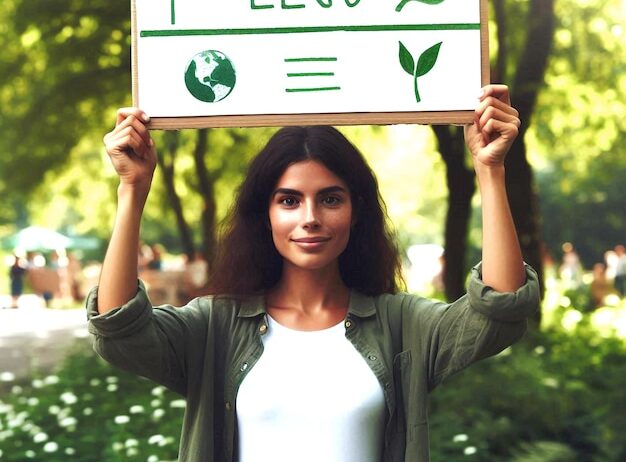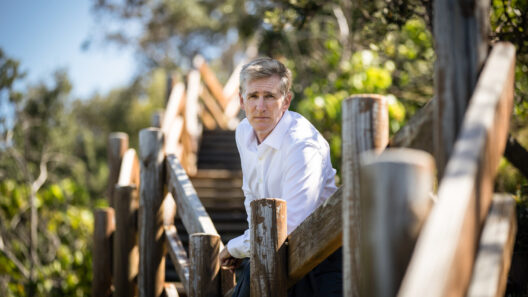In the grand tapestry of our planet’s ecosystems, trees represent one of the most vital threads. But why should you consider planting a tree? Have you ever wondered how a single sapling can have profound implications for global warming? Planting trees is more than an act of kindness toward nature; it is a strategic maneuver in the battle against climate change. Forests serve as our planet’s lungs, absorbing carbon dioxide and releasing oxygen. This article will delve into the multifaceted ways in which forests combat global warming, why planting trees is paramount, and how you can play a role in this essential initiative.
To begin with, let us consider the remarkable ability of trees to sequester carbon dioxide. One of the most significant contributors to global warming is the increase in greenhouse gases, particularly carbon dioxide, in our atmosphere. Trees absorb carbon dioxide during the process of photosynthesis; they convert this greenhouse gas into glucose and oxygen. On average, a mature tree can store about 48 pounds of carbon dioxide per year. Imagine if every person planted just one tree—together, we could sequester billions of pounds of carbon dioxide annually. However, the challenge remains: can we mobilize enough individuals to take that simple yet impactful action?
Forests act as critical carbon sinks, absorbing significant amounts of CO2 from the atmosphere. According to research, forests store more than 80% of the terrestrial biomass carbon on Earth. This means that preserving existing forests and restoring degraded ones can drastically curb the amount of CO2 in the atmosphere. But restoration is not without its obstacles. One may ponder: how do we encourage communities globally to invest in the long-term health of their forests? This isn’t simply about awareness but also about economic incentives and social responsibility.
Moreover, the benefits of forests extend beyond carbon sequestration. They regulate local climates, maintain the water cycle, and provide habitat for countless species. Trees influence weather patterns and contribute to enhanced rainfall. A forest’s canopy can mitigate the urban heat island effect, which is a significant issue in densely populated areas. By shading urban landscapes, trees can lower temperatures, resulting in reduced energy consumption for cooling. Therefore, planting trees can have an immediate effect on local environments while contributing to broader climatic goals.
Another aspect of forest ecosystems is biodiversity. Healthy forests are teeming with life; they provide shelter for wildlife and maintain the ecological balance. Every tree planted on Earth contributes to the rich biodiversity necessary for a resilient ecosystem. The challenge arises in understanding how species interact within these systems. Can we collaborate to preserve not just the trees but also the various organisms that rely on them? Holding onto such questions may propel communities to take action towards achieving a more sustainable future.
Furthermore, trees play an essential role in soil conservation. Their roots anchor the soil, preventing erosion, while their fallen leaves and branches enrich the ground with nutrients. Healthy soil is a critical component of combating global warming, as it stores significant amounts of carbon. The practice of agroforestry—integrating trees into agricultural practices—can create a sustainable system where food production and carbon sequestration coexist. Could this be the future of farming? The agricultural sector is often seen as a contributor to climate change, yet it could become part of the solution through strategic tree planting.
While it’s easy to advocate for planting trees, scalability remains a significant hurdle. Initiatives to plant trees can often be fragmented and may lack coherence. Organizations must join forces to create comprehensive strategies that involve local communities, governments, and individuals. By collaborating across various sectors, we can amplify the impacts of tree planting. This leads to a thought-provoking question: how can we stimulate greater civic engagement in forest conservation efforts? Engaging the public can spark a collective sense of responsibility, which is critical for long-term sustainability.
Educational programs are vital in fostering awareness about the importance of trees. Introducing the next generation to the values of forestry can foster a culture of conservation. Schools can create programs where students plant trees within their communities, understanding the direct impact their actions can have on combating climate change. Could this be a transformative educational experience for young minds? Imagine a world where every child learns not just about trees but also their role in planetary health.
In conclusion, the act of planting a tree is an investment in our planet’s future. Each sapling nurtures the environment, alleviates climate change, and builds resilient ecosystems. However, this requires a collective effort. The challenge lies both in individual actions and systemic change. By planting trees, advocates can mitigate the impending threats of global warming while fostering biodiversity and enhancing soil health. It is imperative that we mobilize our communities to plant the seeds of change, literally and figuratively. Together, we can combat global warming—one tree at a time. So, will you take up the challenge to plant a tree and spark this essential movement? The future of our planet may depend on it.





